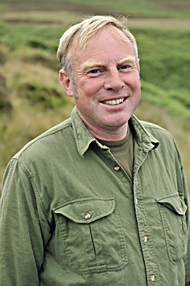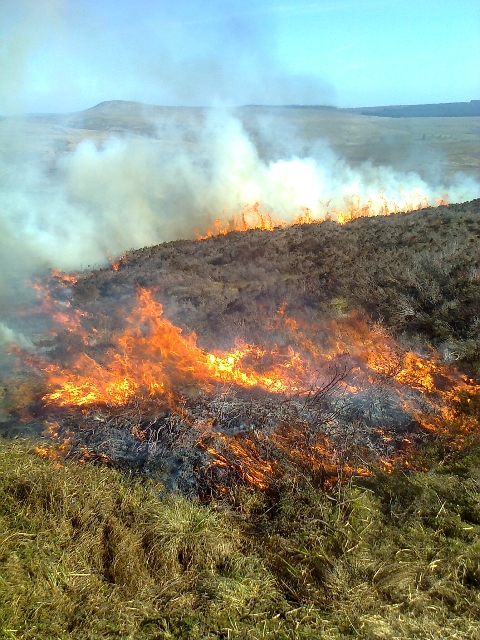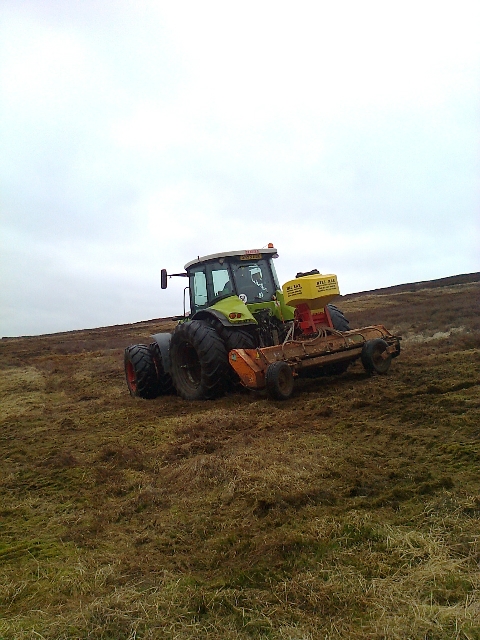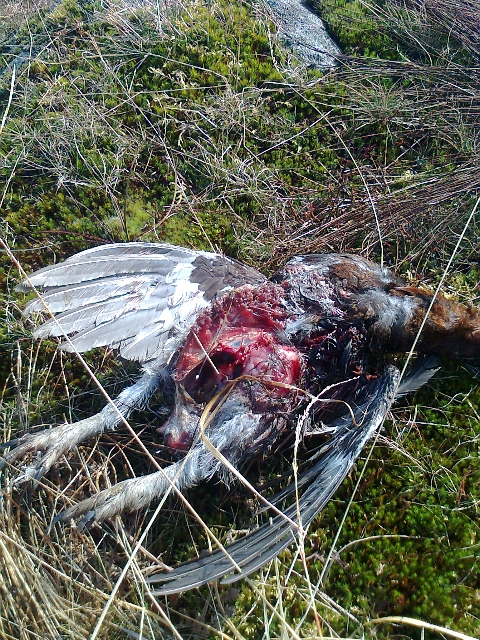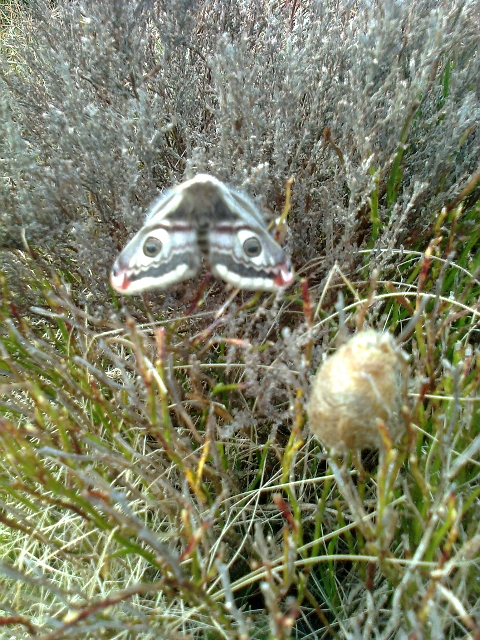
| HOME |
| PROJECT DETAILS |
| PROJECT ADMINSTRATION |
| JOINT RAPTOR STUDY |
| THE MOOR |
| THE GROUSE |
| THE RAPTORS |
| OTHER WILDLIFE |
| DIVERSIONARY FEEDING |
| GAMEKEEPING |
| WILDLIFE SURVEYS |
| NEWS |
| CONTACT |
| PHOTO GALLERY |
Previous Diaries
| Simon Lester's gamekeeping diary |
Spring 2012 ALL the usual characters are back on the moor. I haven't seen a sand martin yet, but I did spot my first swallow of the year on the 14th of April. After all the calling and displays, it would be fascinating if we could see, for a moment, the lines that divide all the territories of the many different species that breed on the hill.
After a very wet but mild winter, I was getting increasingly concerned that we would not be able to get any heather burning done. However, March delivered the longest period of dry weather since we've been here and we managed to 12 days' burning—10 of which were continuous. It was a real luxury to be able to organise tractors and helpers for such a length of time. It has also been possible to chop and reseed with heather seed the 245 hectares of ground that we sprayed with Glyphosate back in July last year. The results of the habitat restoration work that we did the previous year have exceeded my expectations.
The regenerating heather is romping away, as well as attracting both black grouse and waders. In addition, we are seeing lapwings and curlews on the new areas that have been chopped. Fresh medicated grit has been put out all across the moor. Although, when we caught and boxed grouse to collect caecal droppings, hardly any strongyle worms could be found. It may be time to start putting the birds on plain grit to avoid build-up of a resistance to the drugs in the medicated grit. We will not have to put the grouse on plain grit to comply with the law, as we will not be shooting grouse this coming season, as, once again, the Spring grouse count shows little improvement. The grouse cannot sustain the winter losses that we are experiencing and expect to produce a shootable surplus. Overwinter survival of radio-tagged grouse was slightly higher this year, at 57% as opposed to 53% last year. Overwinter survival rates according to the grouse counts are also up to 59% from 40% last year. More work has been carried out over the winter months to try to establish what is happening to the grouse. The vantage point watches have illustrated that there are not many hen harriers, peregrines or goshawks about during the winter, but there are more buzzards and many more ravens than there were during the Joint Raptor Study.
Of the radio-tagged bird carcasses that have been recovered, 77.8% show raptor signs — and all in a mild winter with the most voles ever recorded at Langholm, although this spring's vole monitoring has shown a decrease in numbers. We have seen very few harriers over the winter and we are not seeing many now, which is creating some concern. There is at least one nest. Short-eared owls also seem to be late. There's been a short burst of activity, but it's now gone quiet again. The merlins seem ok with four territories at present and the two pairs of peregrines on the project area are on eggs. Ravens have hatched and will soon be fledging to start their family hunting trips. The heather beetles seem to be less active this year. There are a few patches where I've seen beetles on the heather but nowhere near like the previous years, so here's hoping the cycle is on its way down. Where the sheep have been off the hill last winter it's already possible to signs of improvement in the heather. And, in the places where the sheep have been off for two years, the heather is beginning to break up the grass. The black grouse have been lekking for some time and in new places. One cock has been by our house and we have been opening our bedroom window in the early mornings to listen to this magnificent display—what a privilege. On a couple of occasions when I've been foxing I have gone to a lek at first light to watch the sparring males. The grey hens are far more secretive but the ones I have seen, also in new locations, look in really good condition. Being in the right place at the right time is one of the bonuses of my job. Saying this, these privileged glimpses of nature are very exciting. This spring I saw an Emperor moth that had just emerged from its cocoon, wings all folded and crinkled, waiting for the sun to dry them into perfection. Also a shiny adder, fresh and new after shedding its old skin.
Spring is always the busiest time for us keepers, controlling predation from foxes, crows, stoats and weasels. It all intensifies at this time of year, as the prey are more vulnerable and the predators more hungry. |
